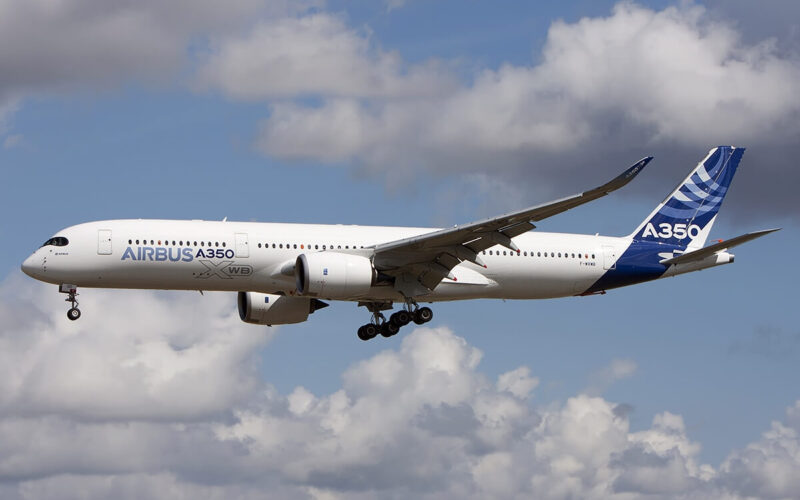Rolls-Royce identified signs of wear in the blades of some Intermediate Pressure Compressors (IPC) of XWB-84 engines that power Airbus A350, the manufacturer revealed on August 11, 2020.
The company does not disclose any specific information about the damage, stating that an “average of only 1 or 2 IPC blades” are worn in a “minority” of engines inspected. There are currently over 100 Trent XWB-84s that have been in service for four to five years, according to Rolls Royce.
Even so, the European Union Aviation Safety Agency (EASA) is expected to issue an Airworthiness Directive (AD) regarding the problem.
However, the statement by Rolls Royce claims that “none of these engines have experienced any abnormal in-flight operation,” and that the company is “inspecting all other Trent XWB-84 engines of similar service life as a precaution.”
The statement reassures of minimal trouble and maintenance expenses for Airbus A350 owners:
“Given the limited scale of additional work which we anticipate will be required at existing shop visits to address this wear, together with the availability of replacement parts and spare engines, we do not expect this issue to create significant customer disruption or material annual cost.”
The first A350’s XWB engine was introduced back in January 2015 with the launch of its operational flight with Qatar Airways.
Rolls Royce is treading lightly after a previous issue affecting its Trent 1000 engine cost the group billions of dollars. Three variants of the engine family have been affected by corrosion issues.
In late December 2018, the engine manufacturer repaid Norwegian Air Shuttle over $100 million for the technical challenges it faced with its Boeing 787 Dreamliner. In November 2019, Rolls-Royce announced that the final fix for the Trent 1000TEN HTP issue would not come before the first half of 2021.

